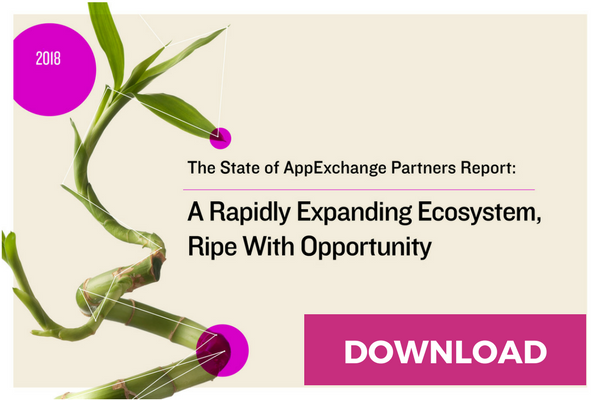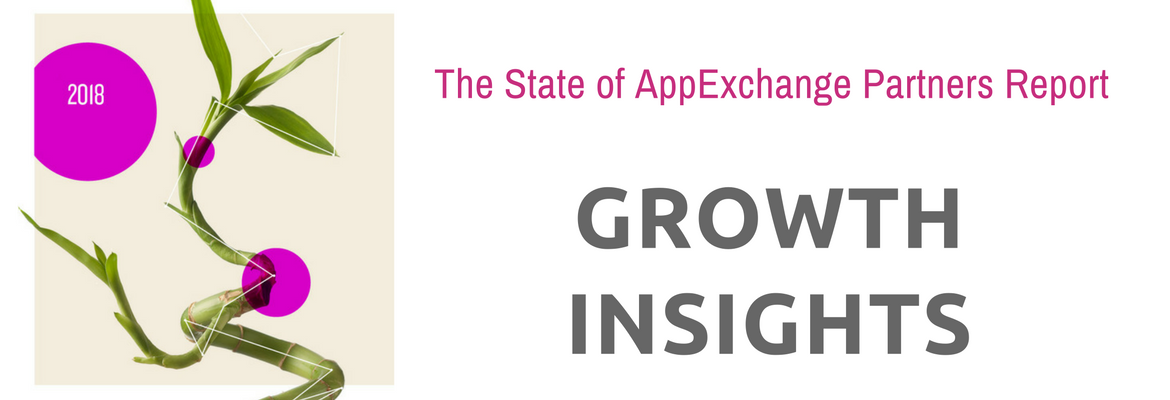
This post is part of our “Get Onboard with the AppExchange” series, showing first-timers the ropes. Here are entries to date:
Part 1: Choose Your Path
Part 2: Utilize Your PAM
Part 3: Introducing Your Partner Success Manager
Part 4: Interfacing with your Technical Evangelist
Bonus Track: Sales Engineers
In the first blog from our Get Onboard with the AppExchange series, we discussed the business development representative, who is typically the first person to reach out to you from Salesforce after you’ve submitted your partner form in the Partner Community.
My conversation with Ryan Gibney, Salesforce ISV Manager for US and Canada, now focuses on the partner account manager role.
Me: In my experience working with partners, the partner account manager (PAM) is one of the more pivotal roles in the Partner onboarding team.
Ryan: “Yes. You could argue that the PAM is the single most important person for partners as they interface with Salesforce. They own that partner account.”
Me: How can partners make the most of their relationship with their PAM?
Ryan: “First, your PAM wants to understand if you (the partner) have an application. Where are you in the build phase? Is your application basically just an idea at this point, or has it been implemented in some capacity? Do you have an existing application that you are looking to connect into Salesforce? Are you looking to build an application using native Salesforce technology?
They want to understand what business problem you want to solve, and where you are in that process. So having this information readily available for your PAM is really helpful. Essentially, convey to your PAM what your product is, where it fits within Salesforce, where Salesforce fits within your overall offering, and how you want to go to market with your product. Understanding where you are in development, and having an idea of where you are in terms of the points I just made, will really help your PAM align resources to facilitate your objective.”
Me: Sounds like the partner needs to really hone in on their elevator speech. How important is knowing about Salesforce for their PAM?
Ryan: “Definitely important. You should understand what Salesforce does. We have a lot of Trailheads, which are self-guided tours, and educational opportunities for partners to learn not only about Salesforce, but really about the ISV team and how we think about partnering with companies. I would recommend partners look to Trailhead to get a sense of how we think about partnering with companies.”
Me: You briefly mentioned this notion of “where they are in the build phase.” Are you saying a partner doesn’t have to have an actual application built before they can approach Salesforce?
Ryan: “Yes, absolutely! The beauty of Salesforce’s architecture is that you can get from idea to app relatively quickly. That said, Apex is the code that we use internally for Force.com, and it can be different than other kinds of coding languages. There’s a lot of ins and outs to building on our platform. And then there’s passing Security Review. So if you’re at the idea phase and have developers, but those developers don’t have a lot of Salesforce development experience, there are options to inject experience. One strong option is a trusted advisor,like a PDO (Partner Development Organization) to assist you in getting your app launched. Just know that a lot of partners do not pass Security Review the first time around. A lot of the issues that are introduced in the Security Review can be mitigated through some of our trusted advisors.”
Me: While the Security Review process is certainly a daunting obstacle, Salesforce provides resources for partners like Trailhead modules, educational resources, and even Security Review office hours. So a PDO isn’t necessary for a partner to pass Security Review?
Ryan: “A PDO is not required. I’ve seen partners be successful without them. That said, the partner community has been around for awhile now. And having PDOs live and breathe our partner program is an invaluable resource, especially if you’re just at the ideation phase. Proof of concept, understanding how you’re going to put it all together; PDOs are really helpful in that regard. So you have some options available to you. You can leverage all the educational resources within the partner community, or you could outsource some, or all, of the work to a PDO.”
To add context and summarize this post, your PAM will be one of the most important people you’ll interact with during your onboarding process. But their value doesn’t end with a successfully signed partner agreement and successfully passing Security Review. They are instrumental in this partner agreement process, but they also own the relationship between you (the partner) and Salesforce.
Making the most of your PAM means knowing your product, your market, and your strategy for accessing that market once you get onto the AppExchange. Even if you don’t have your application built, their value as a resource can direct you to what you need to get your product up and running.



